PHOTO: Zurab Tsereteli standing in front of his sculptoral composition ‘Night at the Ipatiev House’, depicting Nicholas II and his family, at the Zurab Tsereteli Art Gallery in Moscow – see photo at the end of this post for a full view
On Tuesday, 22nd April 2025, the famous Russian-Georgian sculptor and President of the Russian Academy of Arts Zurab Konstantinovich Tsereteli died in Moscow, after a lengthy illness, at the age of 91. The cause of death was cardiac arrest.
Tsereteli was born in Tbilisi (Georgia) on 4th January 1934. He studied at Tbilisi State Academy of Arts, graduating in 1958. The same year, he married Inessa Alexandrovna Andronikashvili (1937-1998), a princess from a noble Georgian family that claimed patrilineal descent from Byzantine Emperor Andronikos I Komnenos (1118-1185).
The sculptor has been the president of the Russian Academy of Arts since 1997. Tsereteli is known for his works not only within Russia, but in many countries around the world. Among them are monuments to Nikolai Gogol (Rome, 2002), St. Nicholas the Wonderworker (Bari, Italy, 2003), Pope John Paul II (Ploermel, France, 2006), “The Three Musketeers” (Condom, France, 2010), monument to Marina Tsvetaeva (Saint-Gilles Croix de Vi, France, 2012), the Apostle Paul (Veria, Greece, 2013), a monument to Nicholas II (Republika Srpska, 2014), “The Birth of the New World” (Arecibo, Puerto Rico, 2016) and others. In 2018, Tsereteli donated a monument to the poet Alexander Griboyedov to the Russian Drama Theater named after A.S. Griboyedov in Tbilisi.
PHOTO: the ‘Alley of Rulers’ in Moscow, features bust-monuments of Russia’s political leaders and emperors, including Nicholas II
In Russia, some of Zurab Tsereteli’s most famous works are “Night at the Ipatiev House” (Moscow, 2007), Princess Olga (Pskov, 2003), “Wives of the Decembrists, The Gates of Destiny” (Moscow, 2008), among many others. On 31st May 2024, a magnificent equestrian monument to Emperor Alexander III was unveiled and consecrated in the city of Kemerovo, the capital of Kuzbass, situated in Western Siberia.
In 1997, by order of the Moscow government, a 98-meter monument to Peter the Great was opened at the western confluence of the Moskva River and the Vodootvodny Canal in central Moscow. The then mayor Yuri Luzhkov (1936-2019) criticized the monument for it’s “gigantism and bad taste”. There were protests demanding the dismantling of the sculpture. In 2008, the monument was included in the list of the ugliest man-made structures in the world.
On 1st October 2024, the ‘Alley of the Rulers of Russia’ opened at Boldino, the former estate of the outstanding statesman and historian Vasily Nikitich Tatishchev (1686-1750), near Moscow. This sculptural composition by Zurab Tsereteli consists of 43 busts of historical figures who have led Russia over its more than 1,000 year history – from Prince Rurik to the Romanovs to the first President of the Russian Federation Boris Yeltsin.
PHOTO: Zurab Tsereteli at the unveiling of his bust-monument to Nicholas II, in Banja Luka, the capital of the Republika Srpska (Bosnia and Herzegovina), on 21st June 2014
Tsereteli was the Founder of the Moscow Museum of Modern Art (1995), the Zurab Tsereteli Art Gallery (2000) and the Museum of Modern Art in Tbilisi (Georgia, 2012). He is the author of more than 5 thousand works of painting, graphics, sculpture, frescoes and mosaics, however, he gained the greatest fame as a sculptor-monumentalist. In 1995–2000, he participated in the reconstruction of the Cathedral of Christ the Saviour in Moscow.
According to the sculptor’s grandson Vasily Tsereteli, a farewell to Tsereteli, will be held on 23rd April, in the Cathedral of Christ the Saviour in Moscow. Tsereteli will be buried on Sunday, 27th April, in the Mtatsminda Pantheon of Writers and Public Figures in Tbilisi, Georgia where his wife rests.
PHOTO: Zurab Tsereteli’s ‘Night at the Ipatiev House’ (2007), depicting Emperor Nicholas II and his family, at the Zurab Tsereteli Art Gallery in Moscow
In a statement issued by Maria Zakharova, a representative of the Russian Foreign Ministry: Zurab Konstantinovich Tsereteli will be remembered as a world-renowned artist and sculptor, a public figure who knew “neither borders nor obstacles in strengthening peace and supporting creativity.
“He will live on, not only in our hearts, but also through his works: in stained glass windows and enamels decorating foreign missions, and in monuments and sculptures installed in different parts of the world,” she added.
Memory Eternal! Вечная Память!
© Paul Gilbert. 22 April 2025
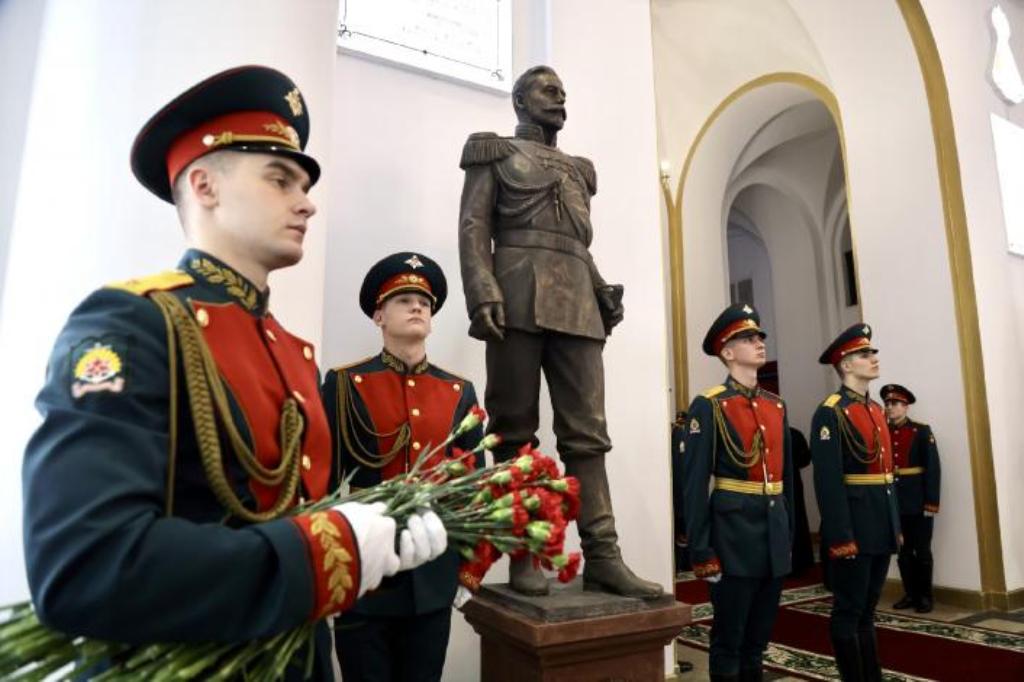
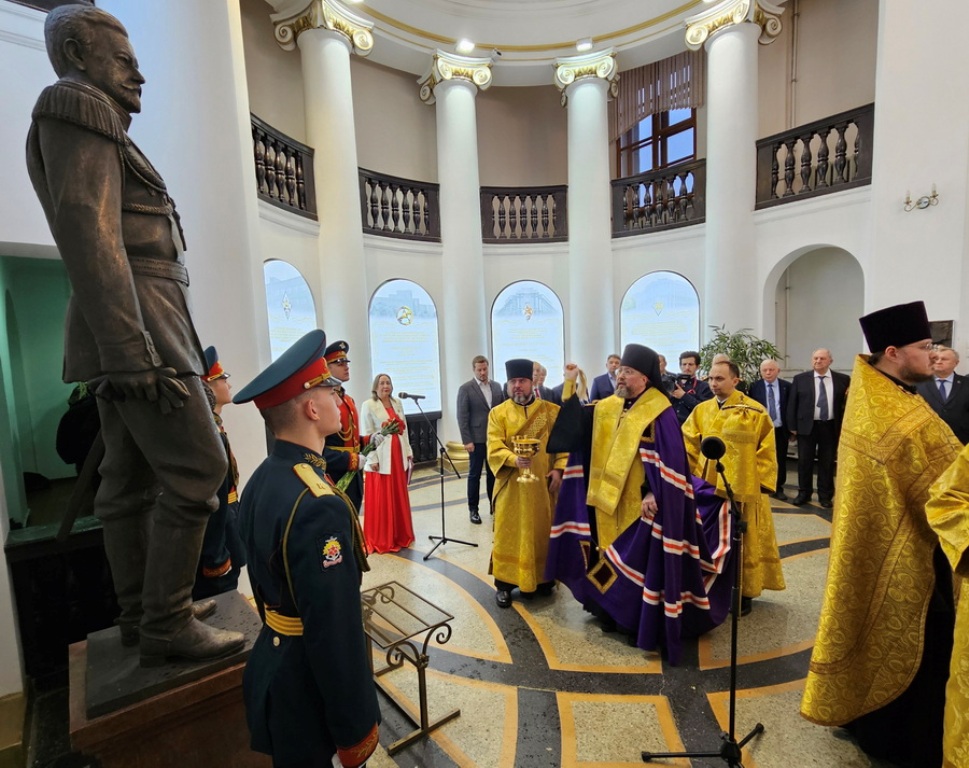
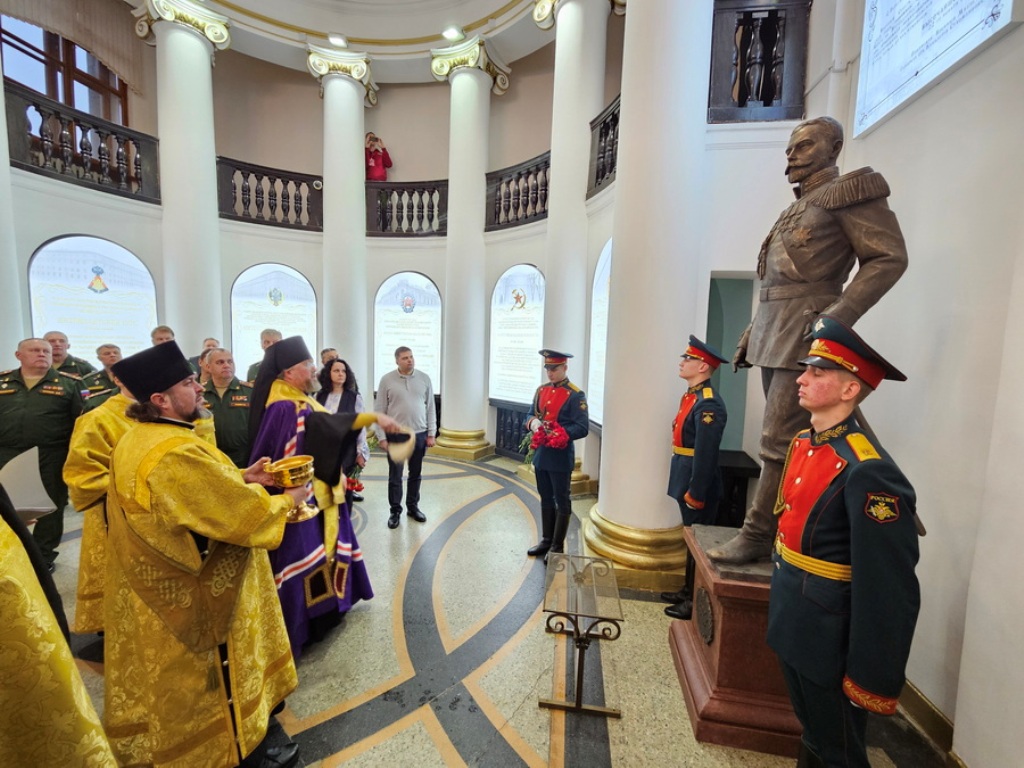
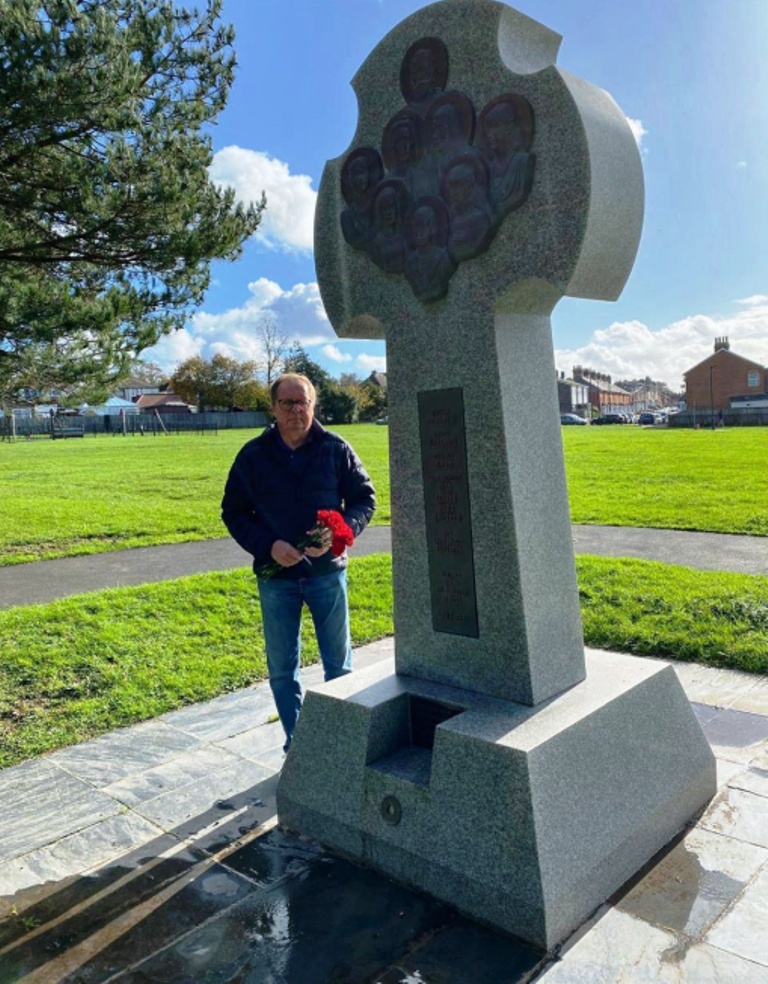
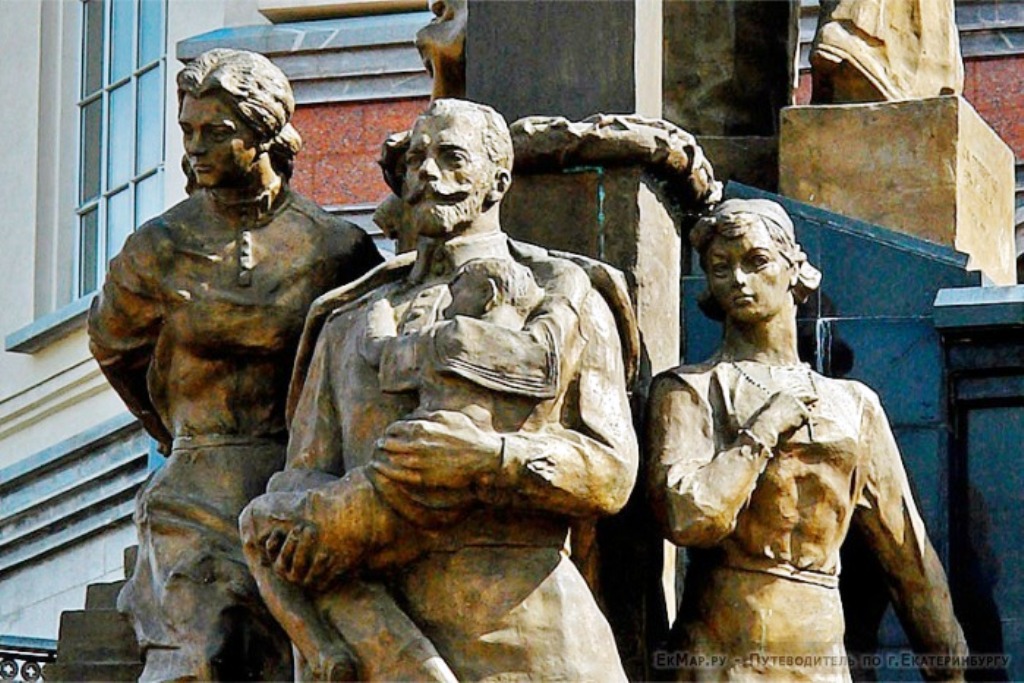
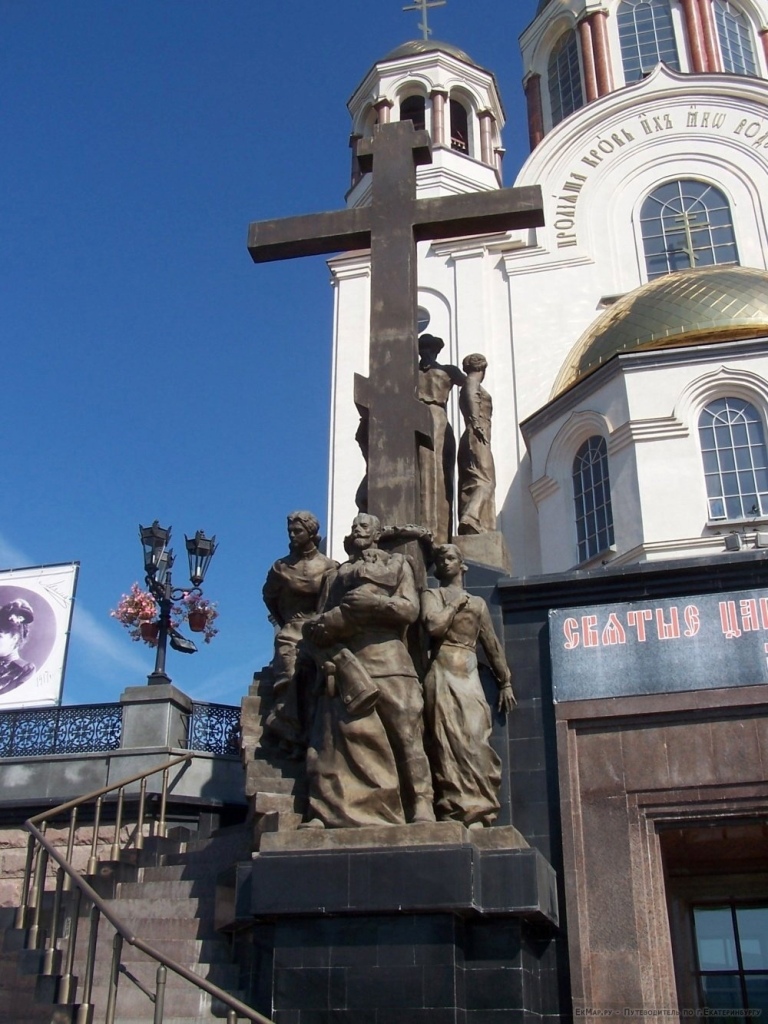

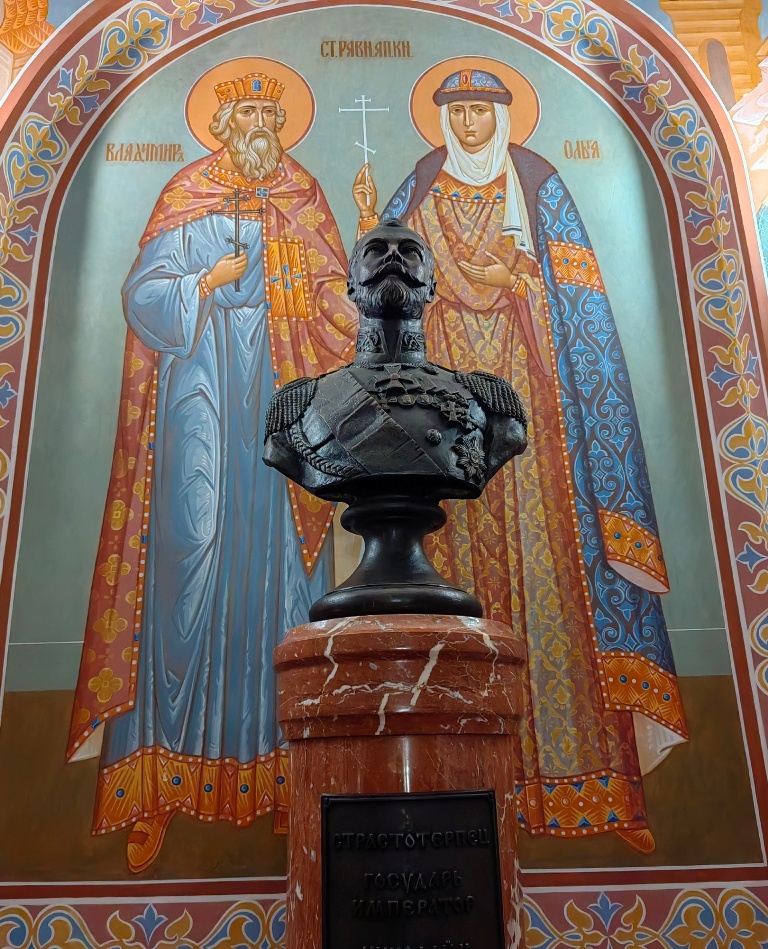
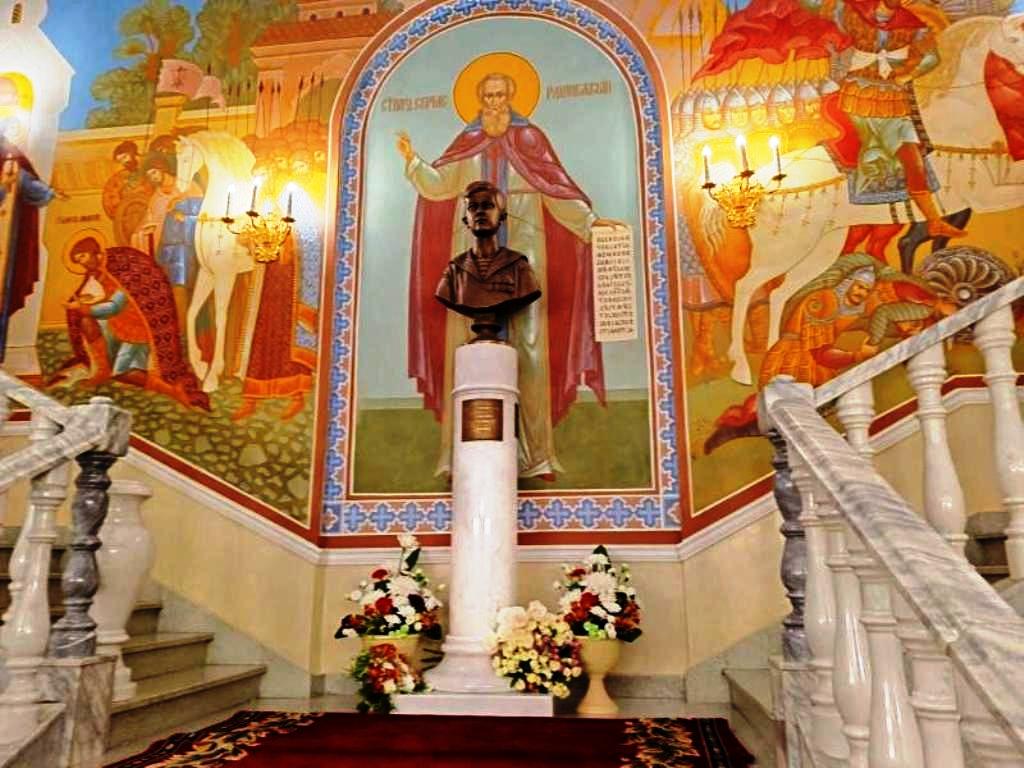
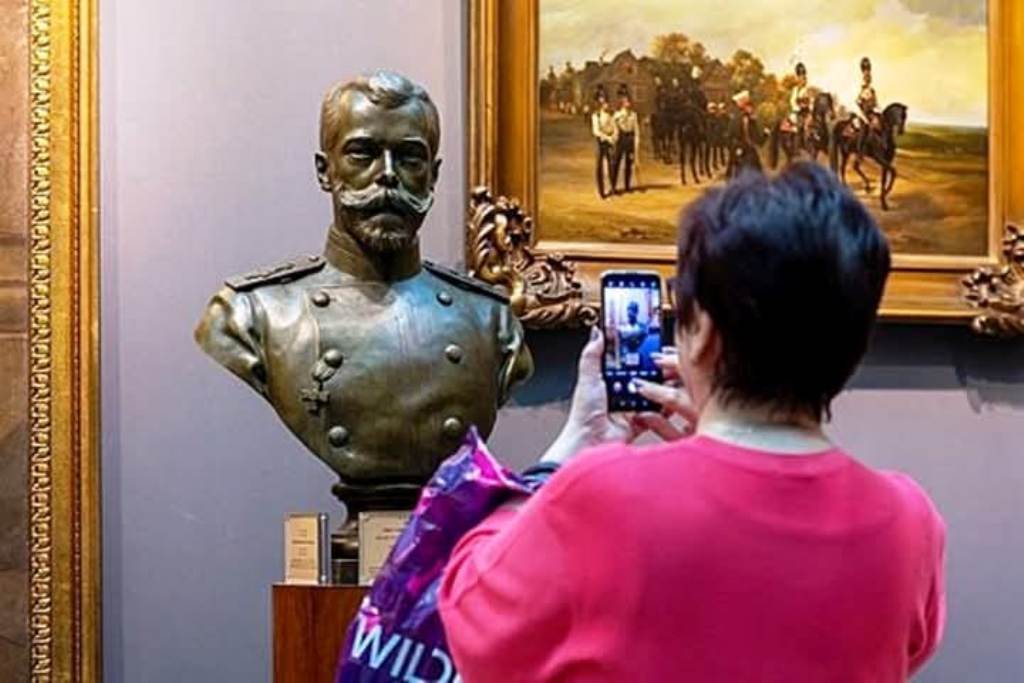
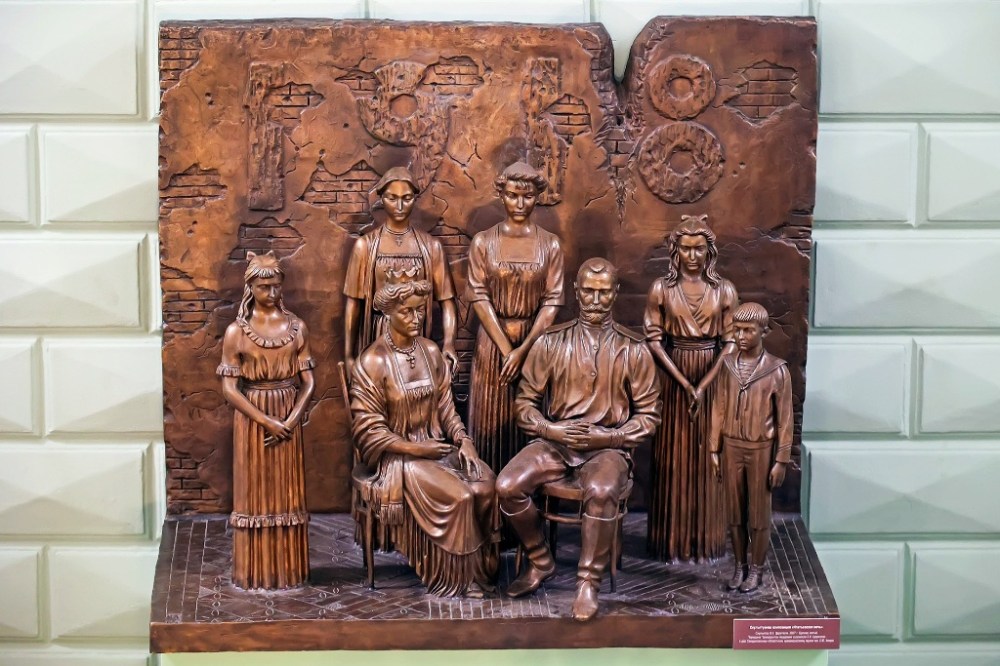
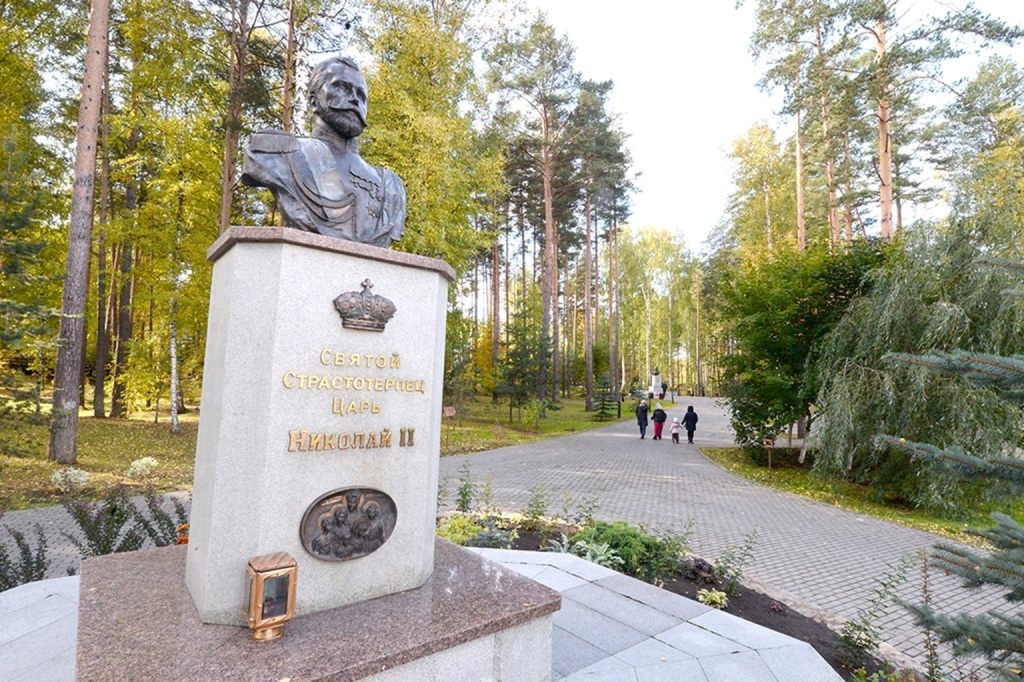
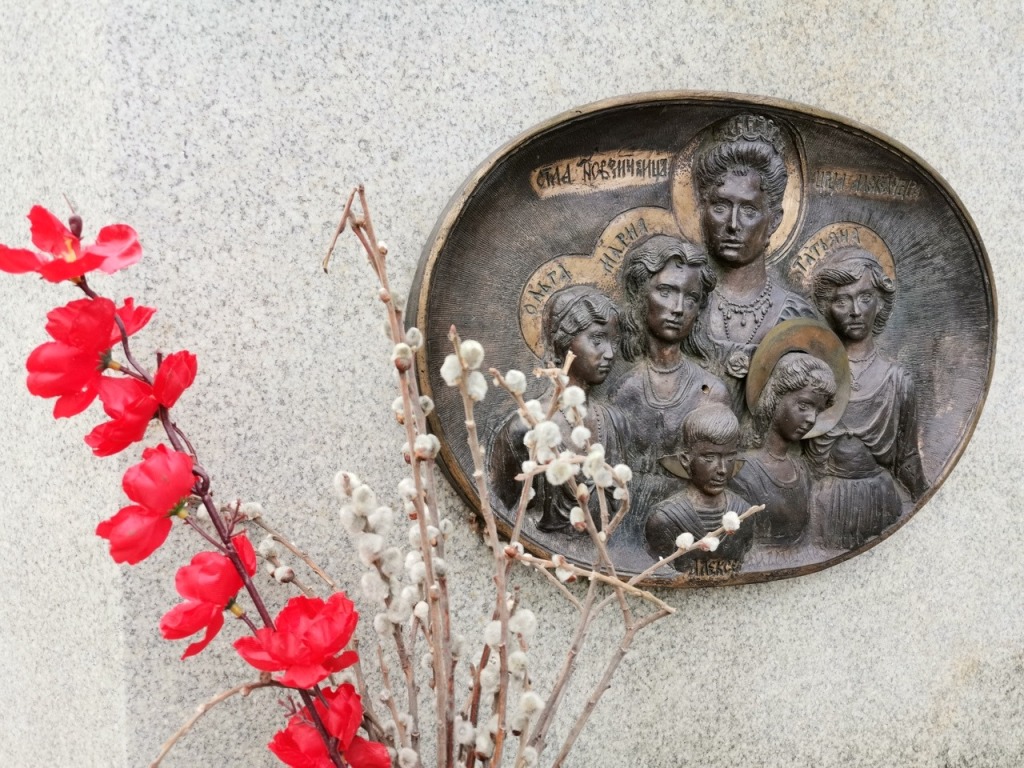
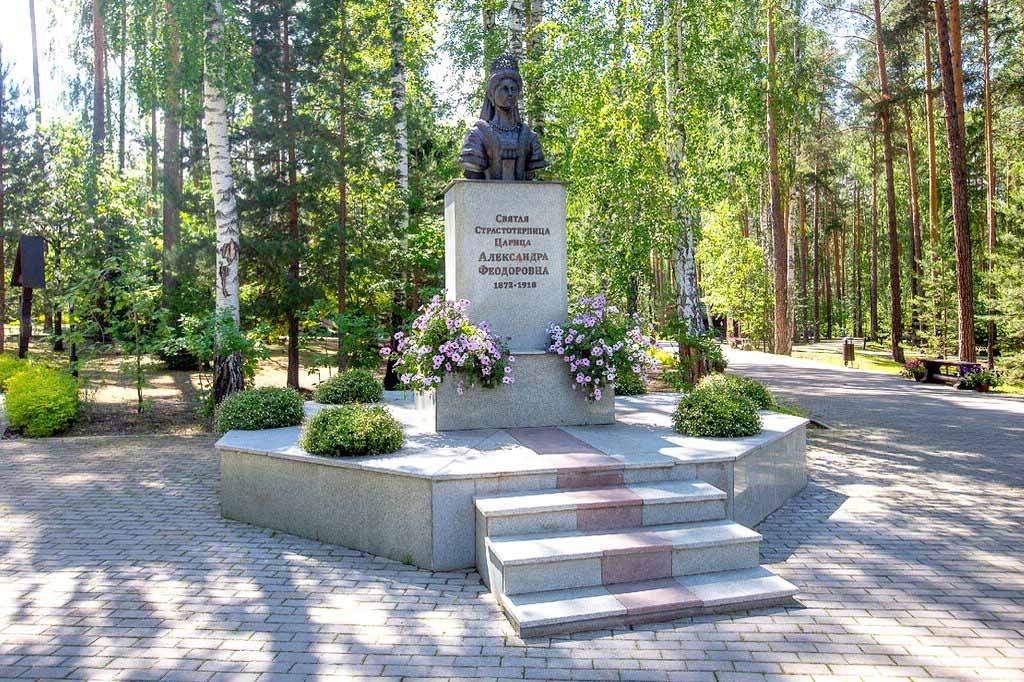
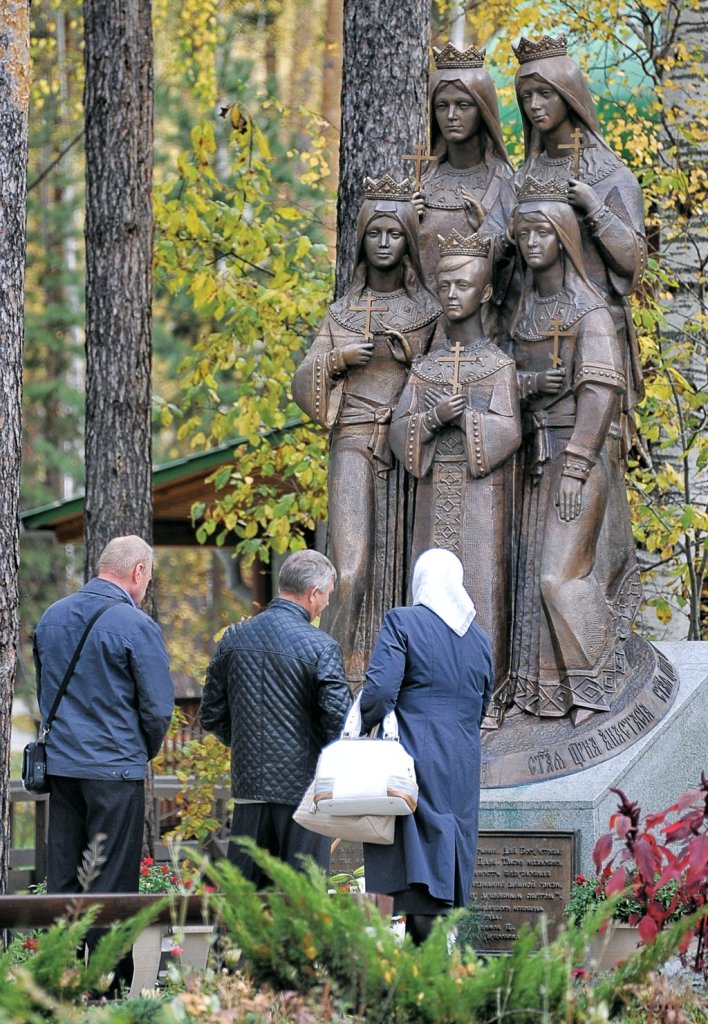
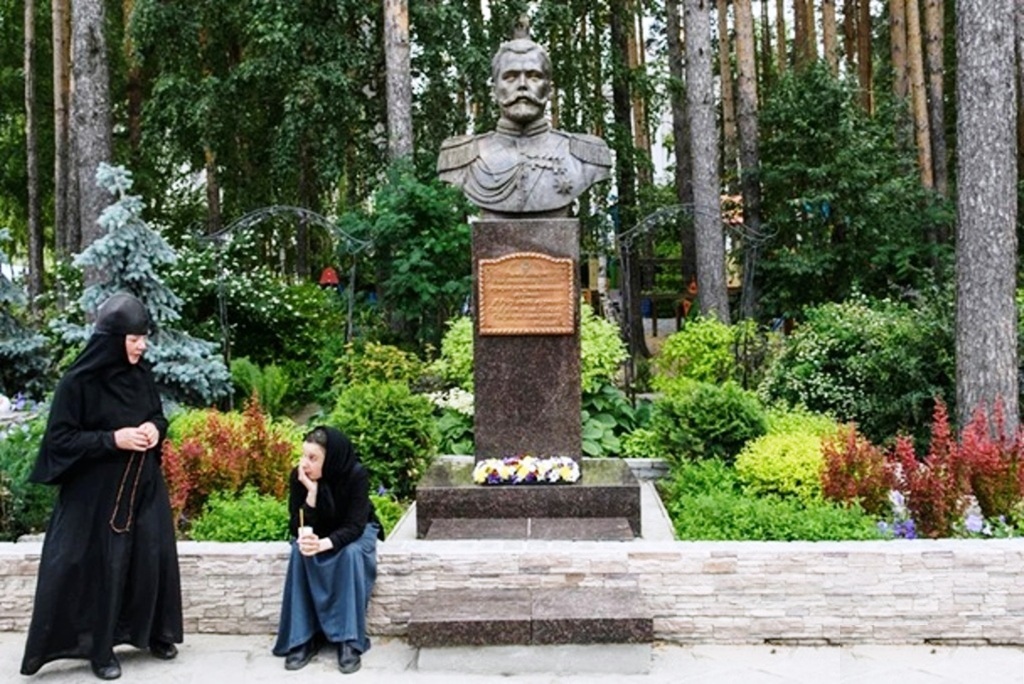
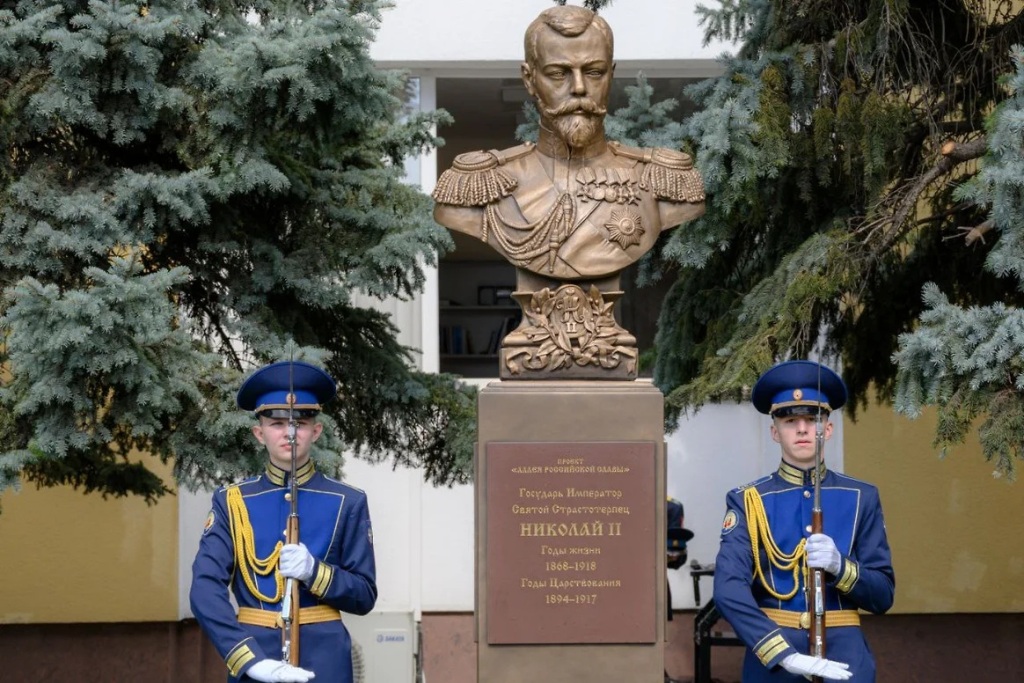
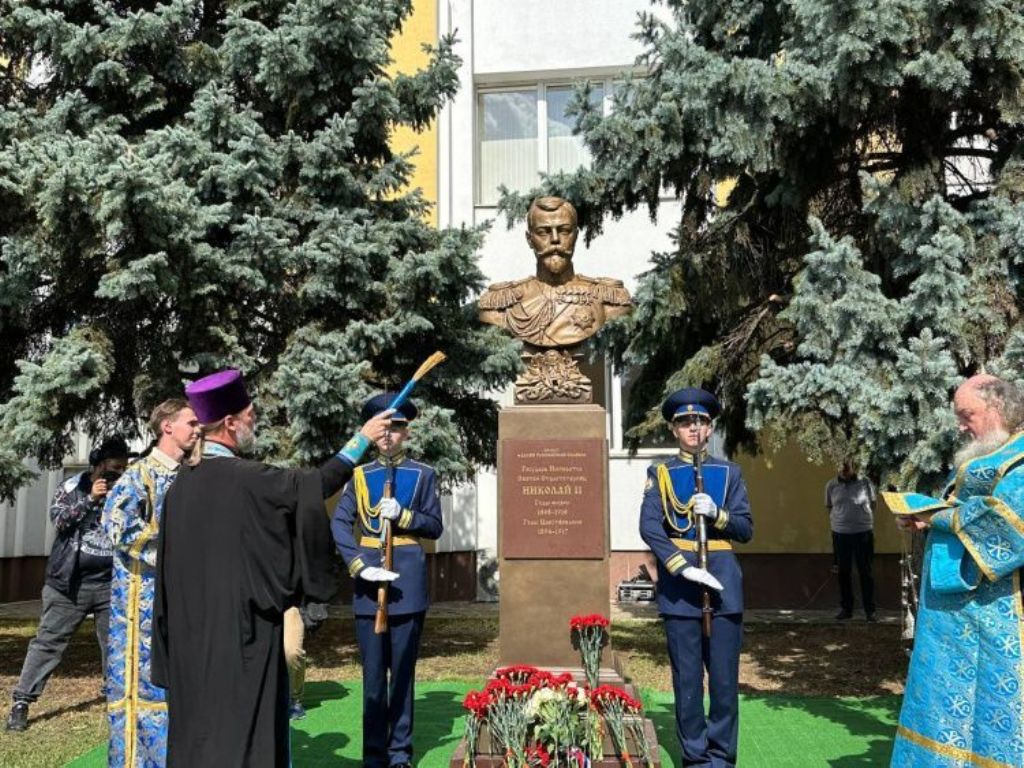
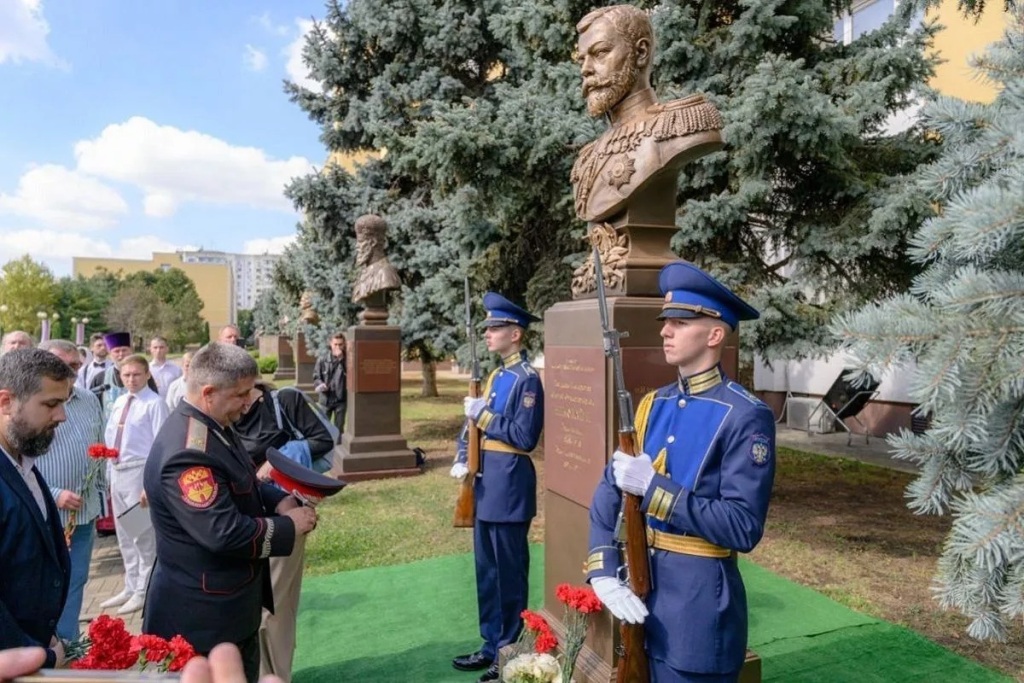
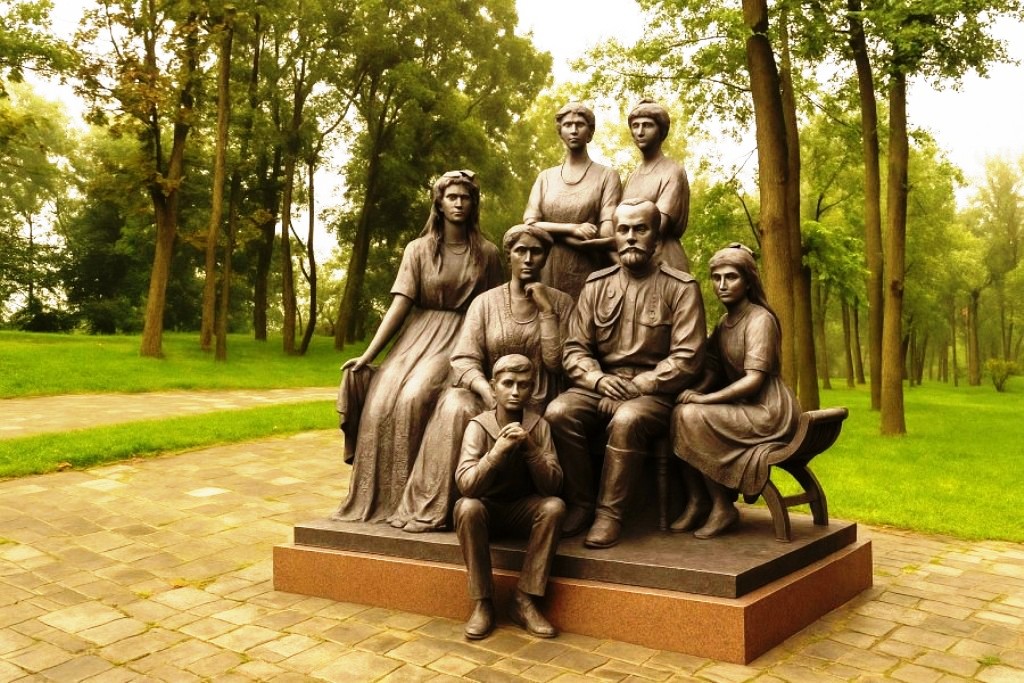
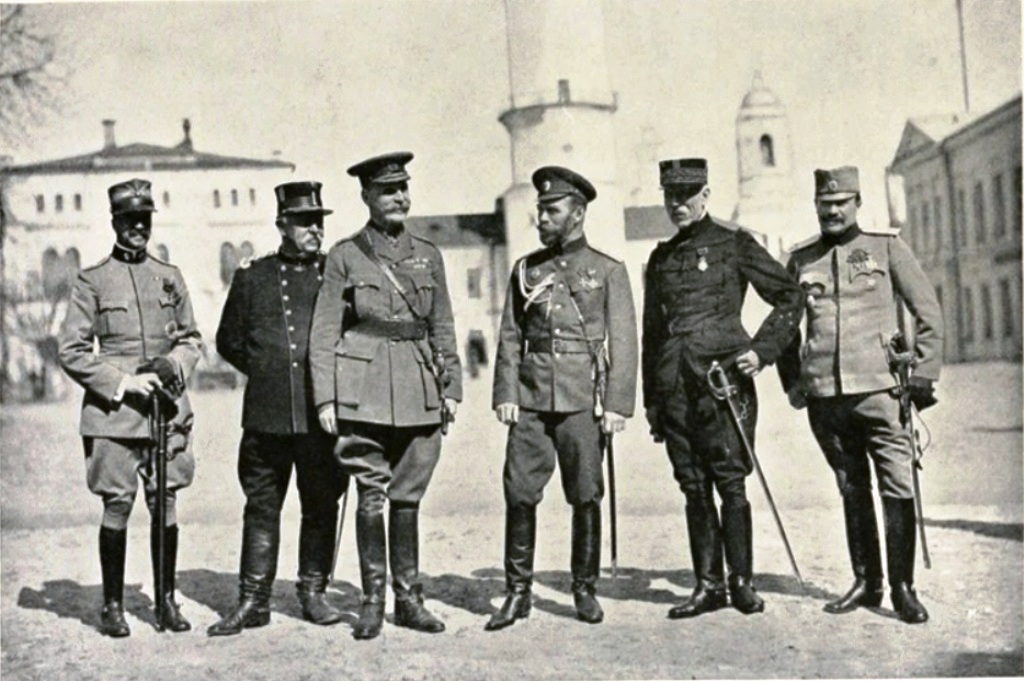
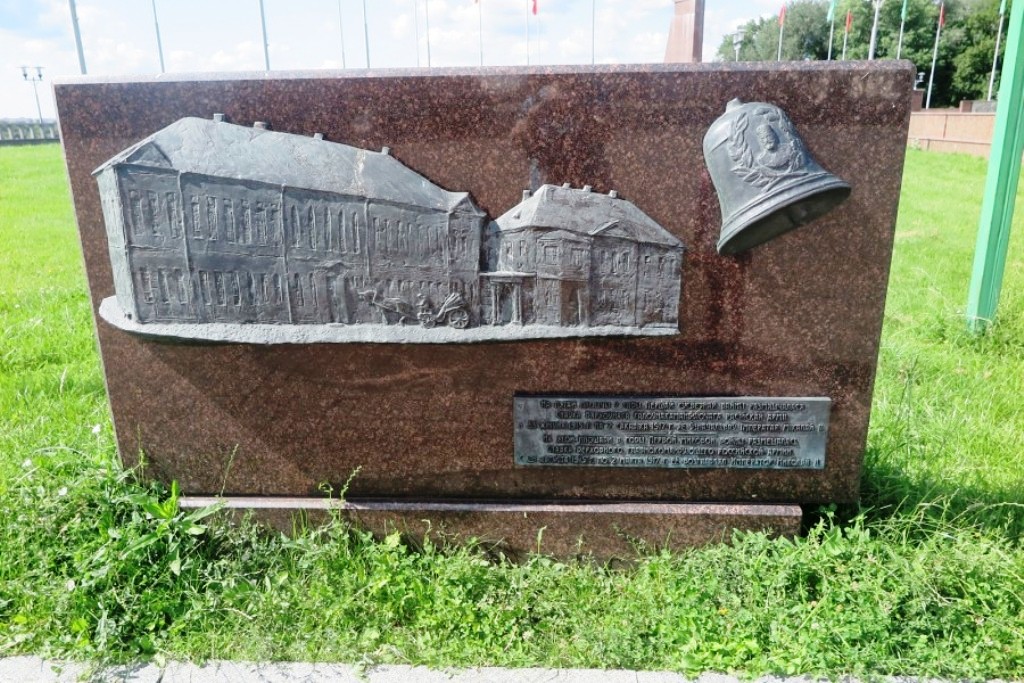
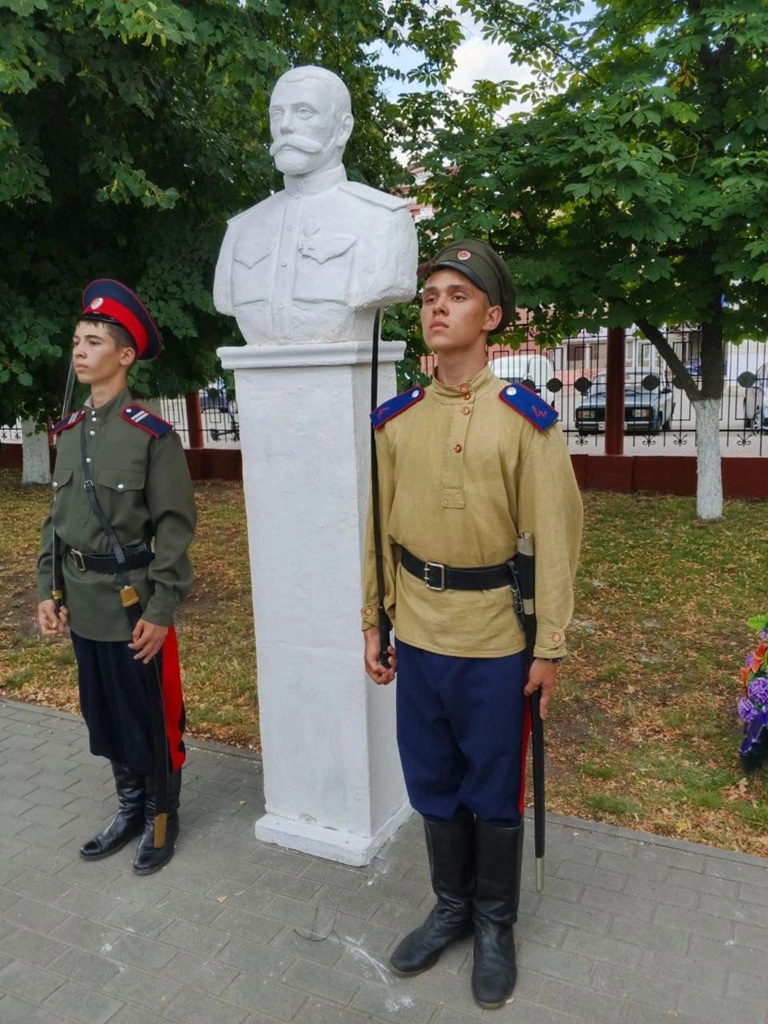
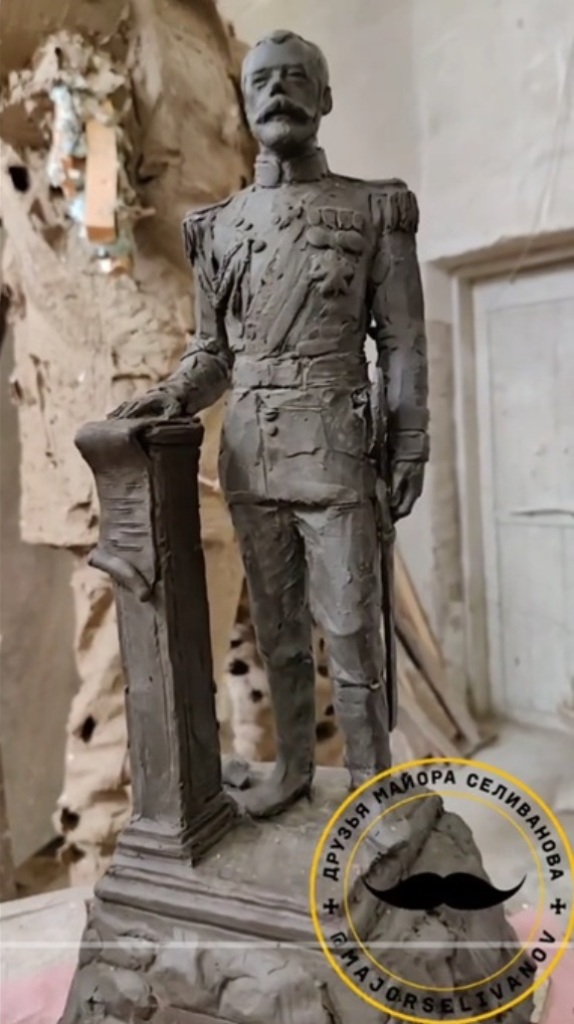
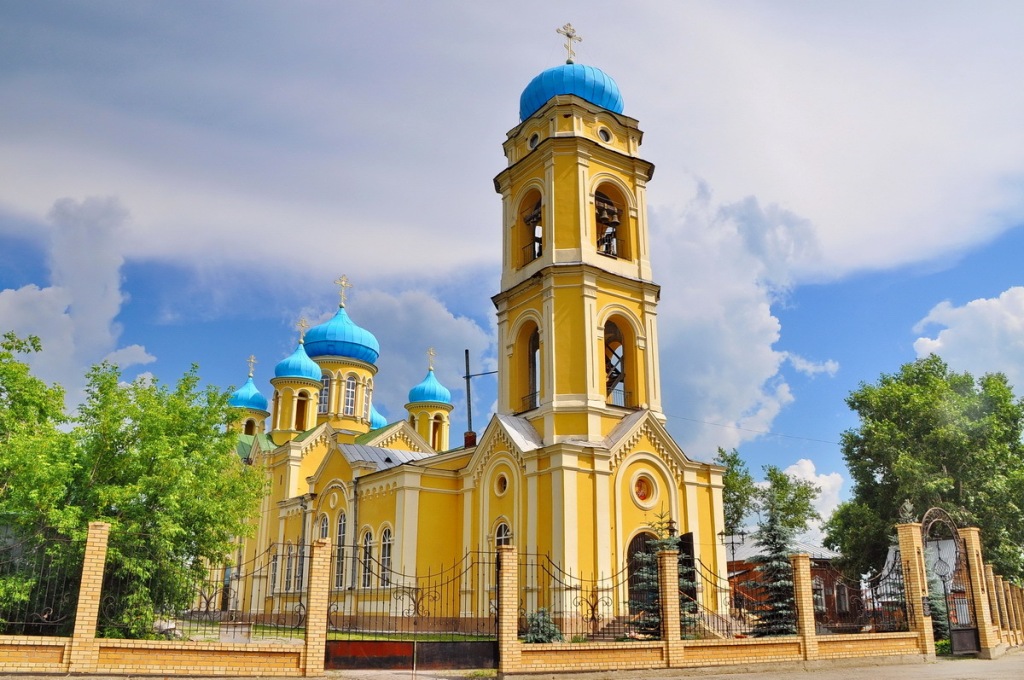
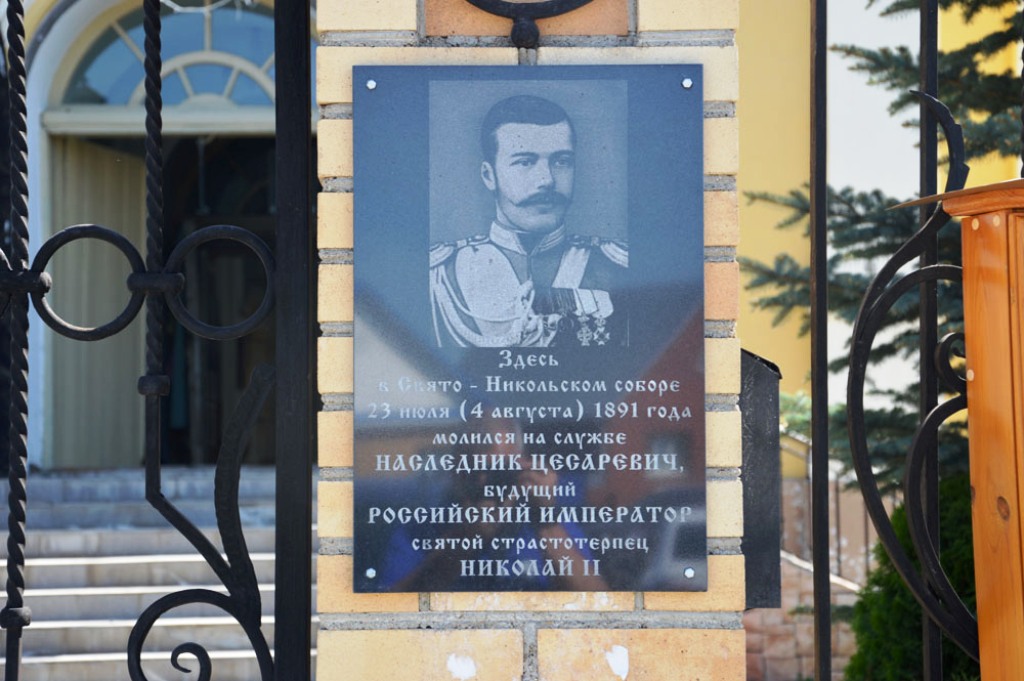
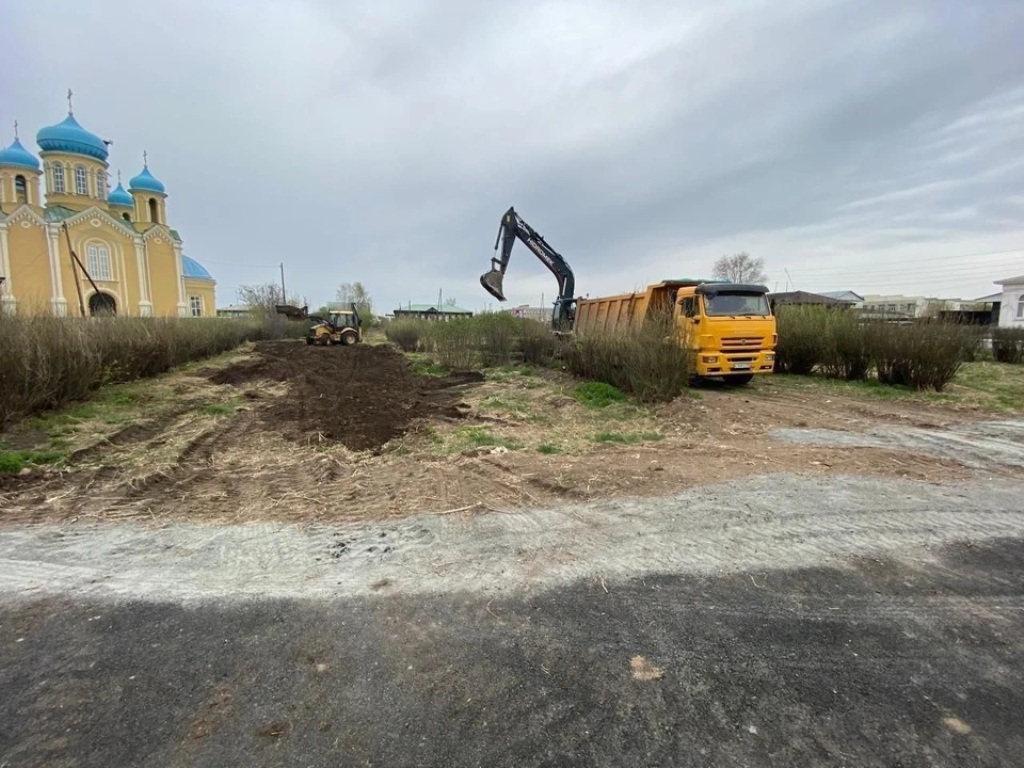
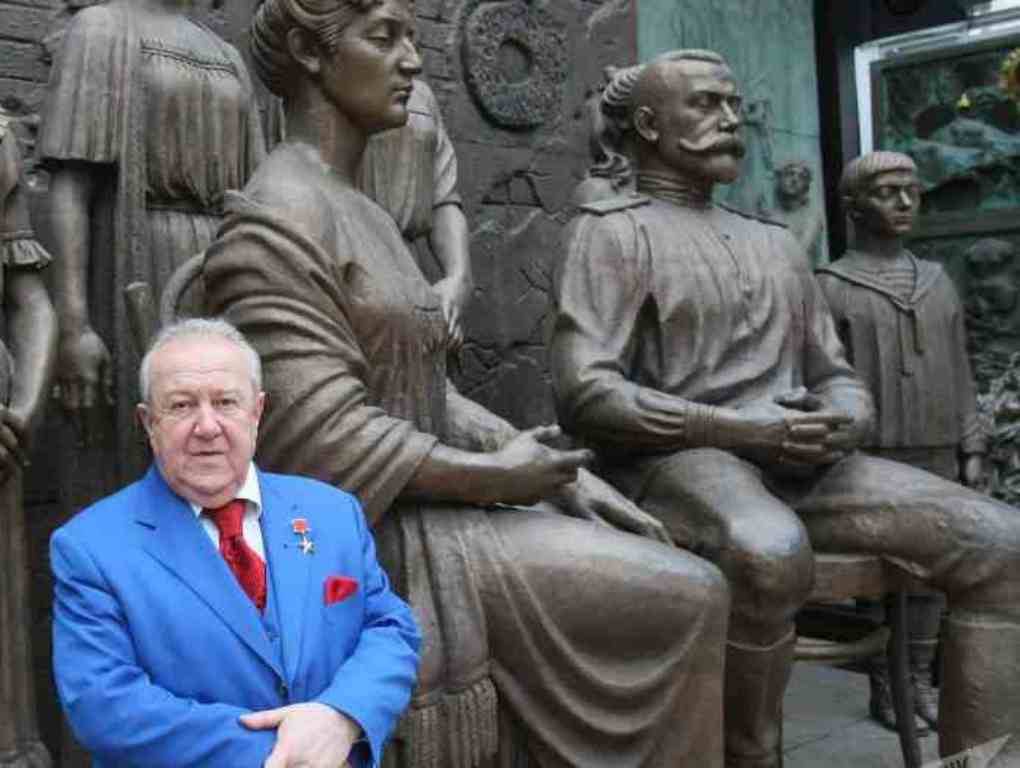
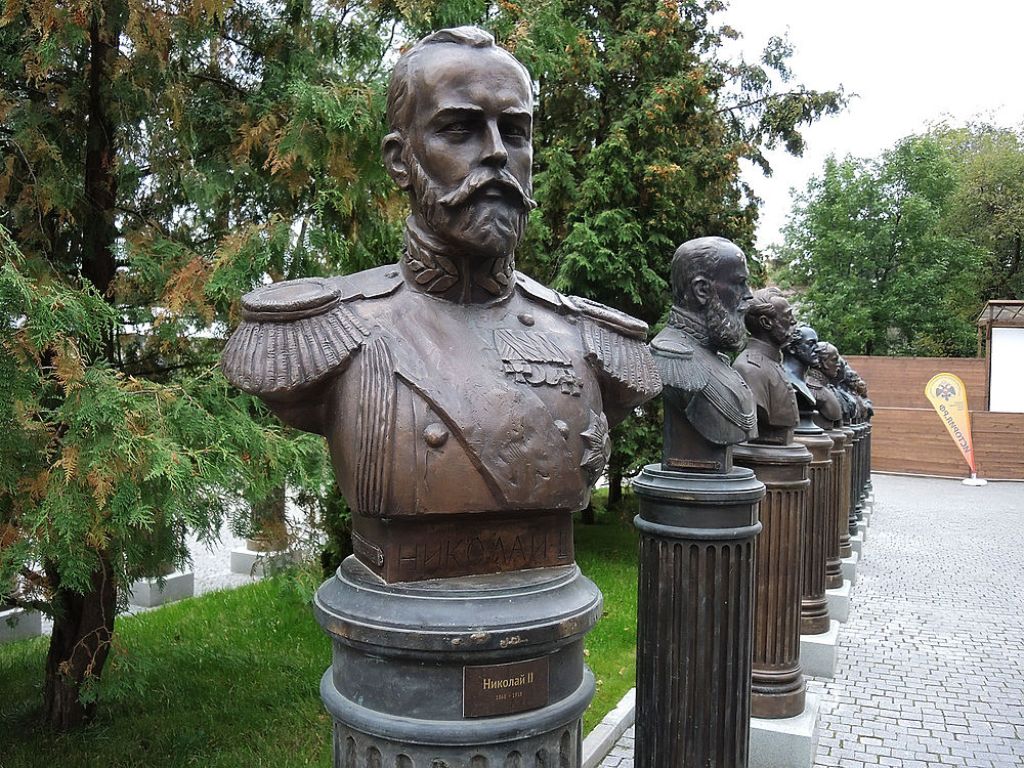
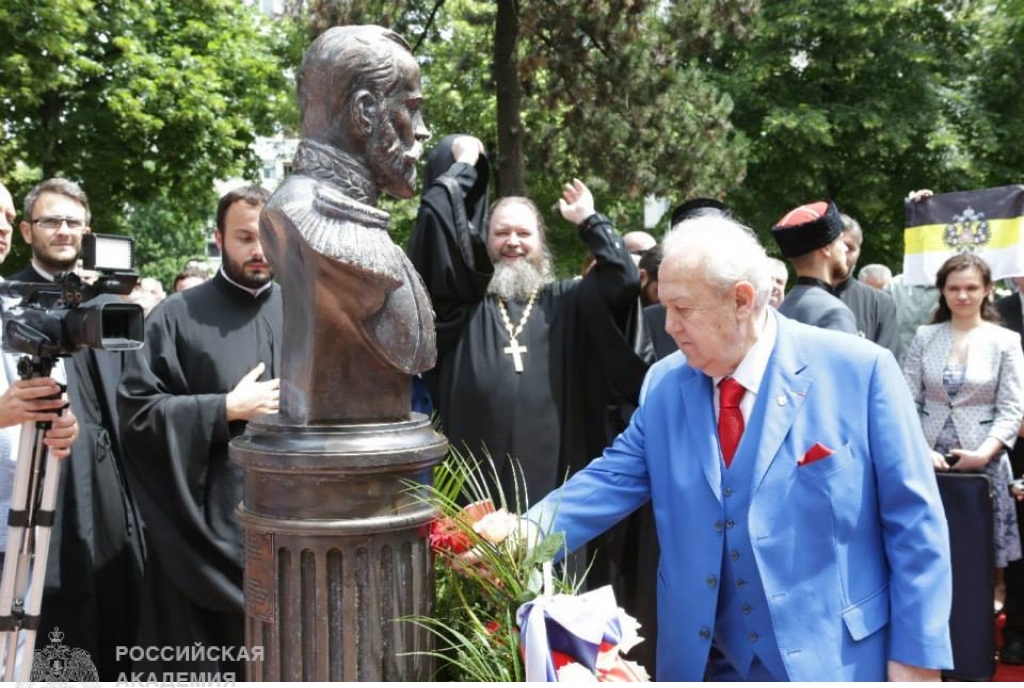
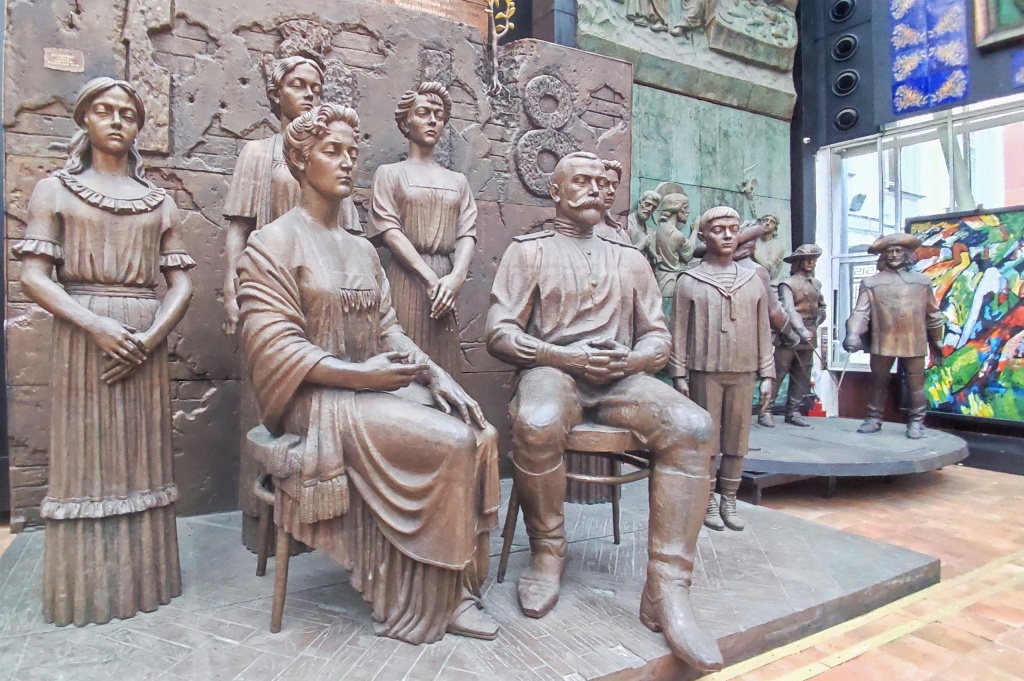
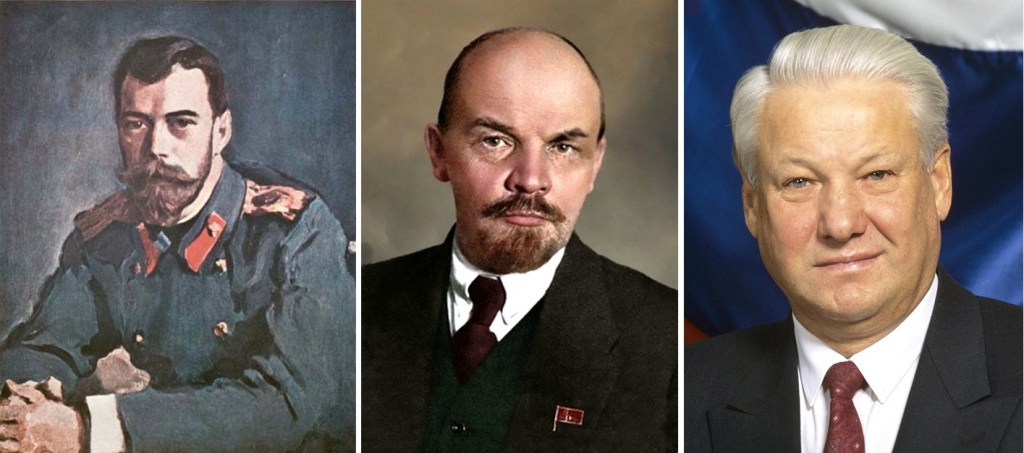
You must be logged in to post a comment.